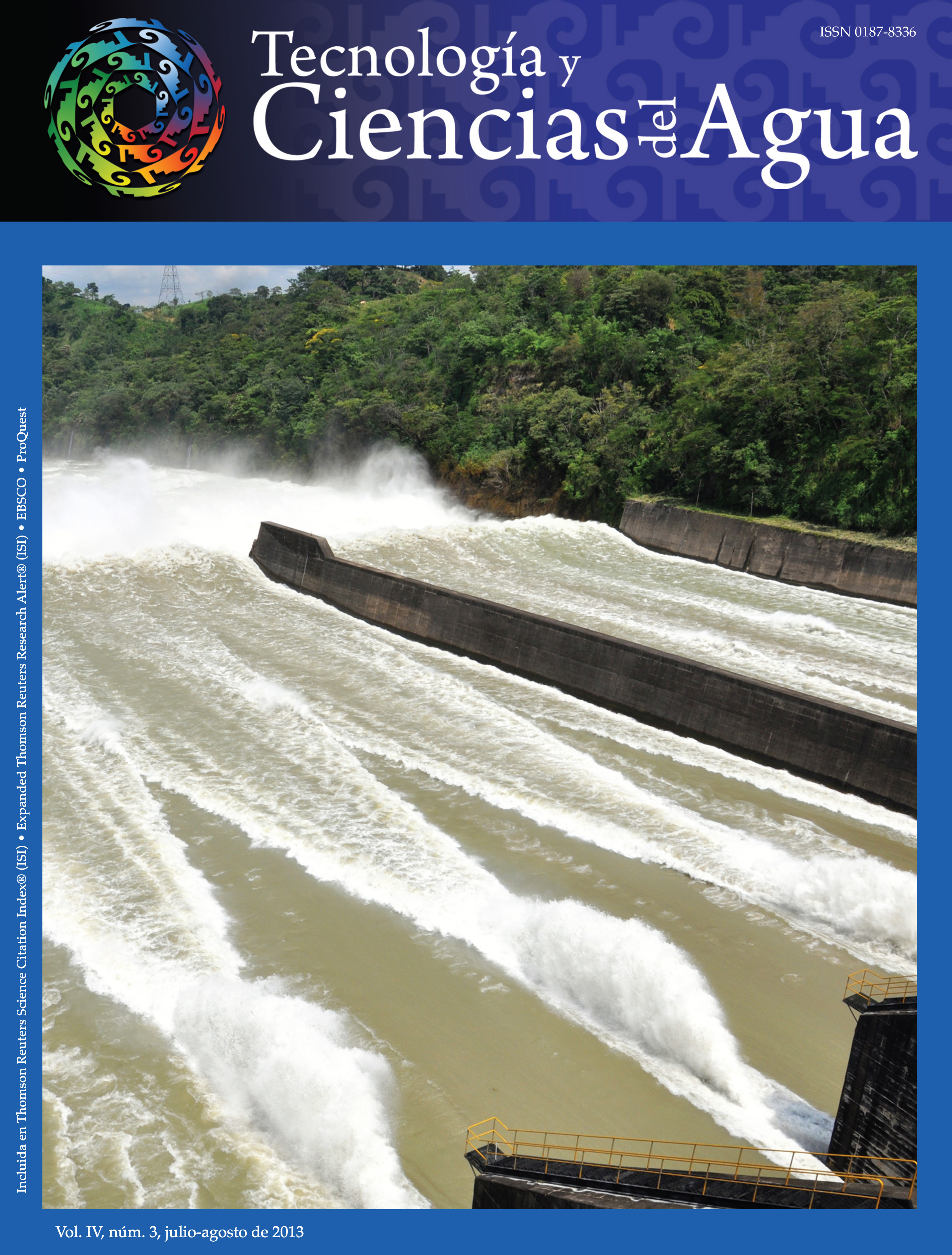Application of several methodologies to estimate groundwater recharge in the Pampeano Aquifer, Argentina.
Keywords:
groundwater recharge, chloride mass balance method, water-table fluctuation method, groundwater flow modeling, groundwater system conceptual model of a groundwater systemAbstract
This work used several methodologies to evaluate the vertical groundwater recharge from precipitation in the Azul aquifer, central Buenos Aires province, Argentina. Firstly, the spatial variation of the recharge was evaluated and then the temporal variation in the recharge was analyzed in a station located in the center region of the study area. Several independent methods were applied to evaluate recharge: chloride mass balance method, water-table fluctuation method, and groundwater flowmodeling in steady-state and in transient conditions. The results obtained show that the temporal variation in the recharge (measured in annual periods) was considerably greater than the variability in the precipitation that generated it, for all the applied methods and all the analyzed periods. The annual mean groundwater recharge varied from over 20% of the annual mean precipitation in the upper basin to less than 10% of the precipitation in the plains (lower basin), with intermediate values in the
middle sub basin. A conceptual model of the groundwater system is proposed and its relationship to the recharges in each sector of the basin. This model identifies a regional flow system and local systems of different sizes.
Downloads
Published
2013-08-03
How to Cite
R. Varni, M. (2013). Application of several methodologies to estimate groundwater recharge in the Pampeano Aquifer, Argentina. Tecnología Y Ciencias Del Agua, 4(3), 67–85. Retrieved from https://www.revistatyca.org.mx/index.php/tyca/article/view/366
Issue
Section
Articles
License
By Instituto Mexicano de Tecnología del Agua is distributed under a Creative Commons Attribution-NonCommercial-ShareAlike 4.0 International License. Based on a work at https://www.revistatyca.org.mx/. Permissions beyond what is covered by this license can be found in Editorial Policy.









